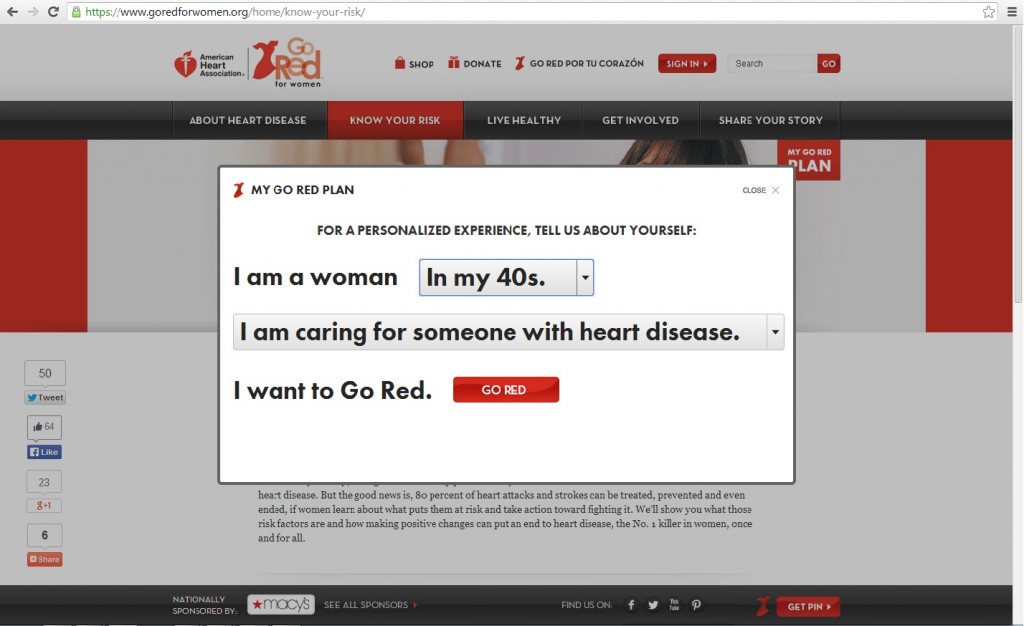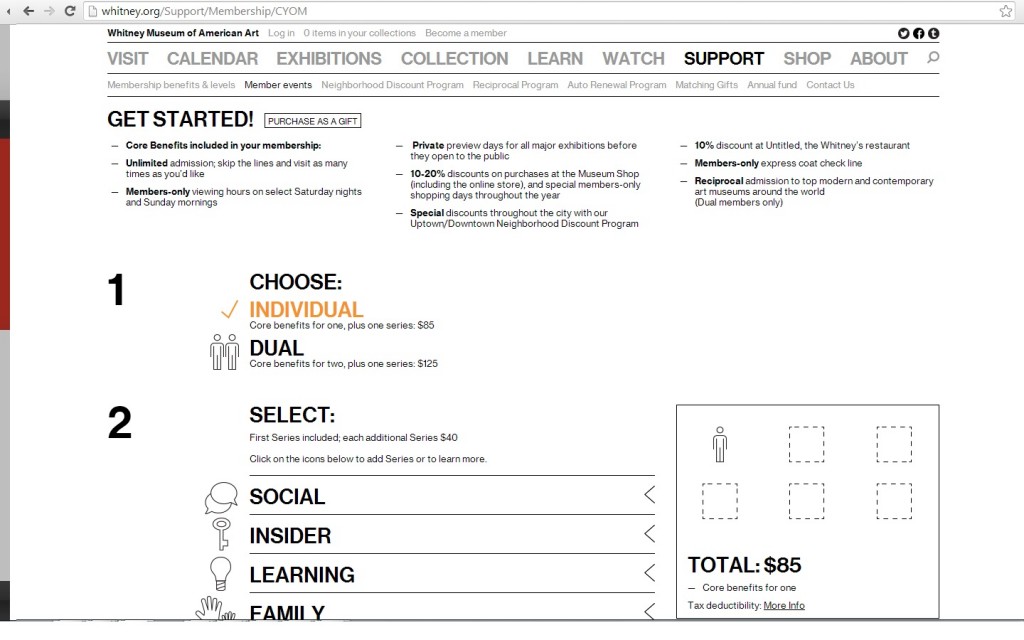I had two thoughts while reading the “How to Win Over Customers: Lessons From 8 Rock-Star Brands” from one of my favorite creative resources Fast Company. First, “why didn’t I think of that?” and next, “how could I apply these lessons to my work for my association and nonprofit clients?” (Of course!) While the team “rock-star” is clearly associated with brands like Apple, Uber and Nest, it may seem like a shooting-for-the-stars (or, let’s be honest, the next galaxy) type of dream for most associations and nonprofits. But, let’s start 2014 off right and say it doesn’t have to be. Read on and I’ll convince you.
The author, Paul O’Connor, starts off by identifying the 3 shifts in the ways we interact with brands: 1) authority and reliability to empathy, 2) specs and features to an experience and 3) perception of value from owning to a strong story attached. I think the nonprofit space has already undergone these shifts, but yet still struggles with ways to make them look innovative and unique. We typically get bogged down by the B-word: Budget. We spend more time hemming and hawing over the fact that we just don’t have enough money in our marketing budget to shift the way our brand communicates when we just need to get back to the basics.
A great example of a brand that has incorporated these brand shifts is the Go Red for Women campaign. When you visit their page, they don’t just give you a checklist of signs and symptoms and then suggestions of what to do. Instead, they customize the experience. You answer a few basic questions where you self-categorize yourself (by age and lifestyle goals) and then the page is populated with content that best matches your needs.
Another example is The Whitney, where they created the “curate your own membership” option. We all know that our members value each benefit in their own unique way. Why not capitalize on that? The Whitney’s new membership plan allows members to receive core benefits and choose which categories they’d like to “subscribe to” (such as social events, learning, family, etc). The more categories you choose, the more your membership costs. So, if you want to get it all, you’ll be paying for it. If you’re only interested in one category, you’ll be only paying for that. By going through this customization experience, members feel much more connected to what they’ve chosen and (hopefully) will be much more involved.
Here are 4 lessons you, association and nonprofit markets, can learn from 8 rock-star brands and how you apply them.
ONE
Sometimes you can reach the next level by “fixing an experience that everyone knows is broken” or “optimizing what was already there.” Maybe you’re struggling with how to meet your membership goals this year. (Be honest with yourself—in January they always look daunting.) So, don’t frown too much on what you already have implemented—just find a way to polish it and make it shine. Give it a makeover with a name change or a revamp it with a new feature. Don’t reinvent your membership model, just reinvent the way it works!
TWO
“The thrill of discovery is part of the appeal, but there’s also the thrill of not having to decide.” Help your donors easily make a decision on whether or not to donate. Isn’t that the underlying goal in all of your marketing efforts? Maybe you offer stories about how your nonprofit makes a difference. But, how about flipping the script? Instead offer stories about how your current donors’ lives were impacted through donating. It takes some of the pressure off of “deciding” and let their heart (and your brand) lead the way.
THREE
Sometimes technology developments take “a back seat to user experience.” If you’re in marketing, you’d be remiss in not thinking about how to use the latest technology to appeal to new members or donors. But, the list gets longer and longer. And more overwhelming. How do I find the budget to create an app? How can we effectively use Vine? Whoa…wait a minute…my website needs to be responsive…and there are probably 50+ screen sizes! It’s easy to get caught up. And it’s easy to see a competitor, or even another nonprofit doing “cool” things with technology, and secretly (or not-so-secretly) pine over it. But here’s the advice from a few rock-star brands—put on the brakes. Slow down. Take a hard look at what type of donor/member experiences you offer and fine tune them. Start with a document that maps out the steps a donor/member takes and find ways to make them more exciting, more effective or just plain better.
FOUR
“A generic brand can differentiate itself by telling a story that emphasizes human interaction.” Not a day goes by when I don’t receive an email, see a tweet referencing, or visit a website that features tips on storytelling. I think it’s ubiquitous—nonprofits have glommed onto the power of stories. But, I think a new challenge has emerged—how to make your story stand out. In some cases, it could be as simple as turning a story into an infographic, or creating an accompanying video. But, maybe it begs for more creativity. Maybe you end a story by illustrating the decision tree featured in the story. Or ask donors to vote on what could happen next in the continuation of the story (with the help of more donations). Or host a live chat with the storyteller. Whatever it is, take some time to figure out how to make storytelling work for you.
The lessons of the rock-star brands all have a common theme. To be a successful marketer in 2014, you don’t need to start all over, you just need to take what you have and shake it up! Approach it in a different way, call on new people to give you creative input or just critique what you’ve got so you can find the holes aka the opportunities.




